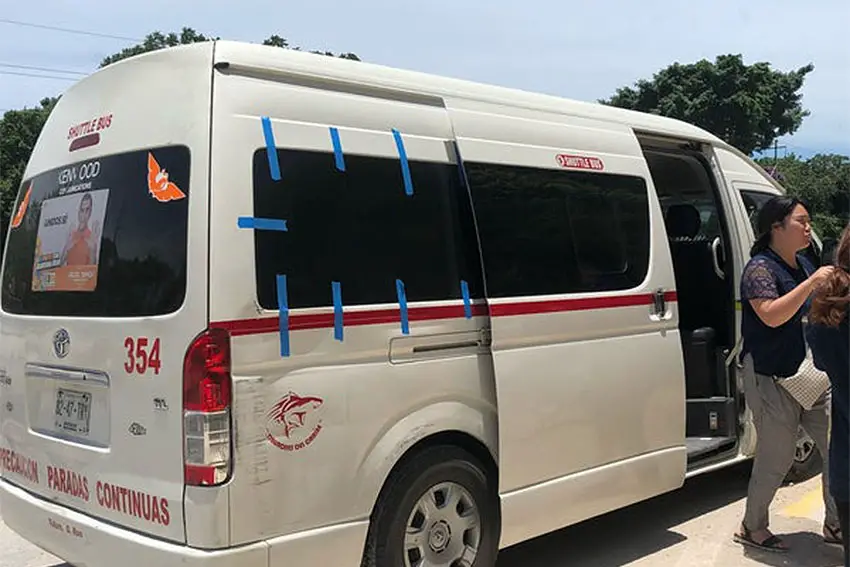Acknowledging that getting from Point A to Point B on public transportation in Tulum is often difficult, a Quintana Roo state government agency is aiming to solve the problem with golf carts.
The Mobility Institute of Quintana Roo (Imoveqroo) last month approved 400 golf carts as a new form of public transportation in the center of Tulum. Currently, the agency responsible for regulating and overseeing transportation services in the state is seeking tenders from interested operators.

According to a study published in the Official State Gazette on Aug. 15, Tulum’s explosive growth — both as a tourist destination and as a place to live — prompted Imoveqroo’s decision.
According to the online news outlet Novedades Quintana Roo, “there is no adequate service in the center of town, so tourists, especially, have to travel by taxi.” Legally, Uber is an option in the state, but tensions with local taxi unions have rendered service spotty and perhaps risky in Tulum.
Also, a system of combis and colectivos (minibuses and vans) operates within the Tulum municipality, but largely outside of the downtown.
The new plan calls for golf carts seating two to six people to ply Tulum’s streets in the near future. Some carts will be operated by a company driver, but others will be available for the public to rent and drive themselves. The plan didn’t address rental costs or fares.

Imoveqroo noted that adding golf carts to the mix is considered an “acceptable option for the movement of users from the urban area to the coastal and tourist area.” According to the agency, golf cart rentals will be allowed only in the center of the town.
Entrepreneurs with the legal, administrative, technical and financial capacity to run such an operation have been invited to submit applications until Sept. 19. Imoveqroo is expected to announce the results in coming months.
In addition to being an “open, golf-type” vehicle that can carry 2–6 passengers — including the driver — the carts can’t be older than five years and must be what Imoveqroo calls “environmentally friendly,” be they gasoline-powered, electric or hybrid models.
In the early 2010s, Tulum was a relatively underdeveloped tourist destination compared to nearby Cancún or Playa del Carmen. However, by 2020, the region was receiving over 2 million tourists annually, up from hundreds of thousands in previous years.
The opening of the new Felipe Carrillo Puerto International Airport in late 2023 is bringing in even more visitors.
Simultaneously, there has been an explosion in real estate development. Luxury condos, boutique hotels, eco-friendly resorts and residential dwellings have been constructed at a rapid pace, sending Tulum’s population skyrocketing from around 18,000 people in 2010 to 46,000 in 2020, marking a one-decade increase of 150%.
In addition to the new airport, other recent large projects in Tulum include a new Maya Train station and Jaguar National Park.
With reports from Riviera Maya News, La Jornada Maya and Novedades Quintana Roo
